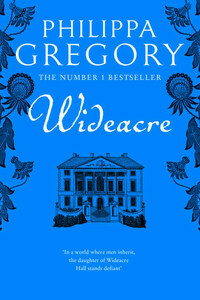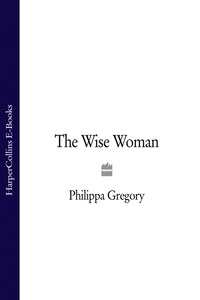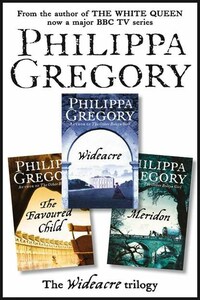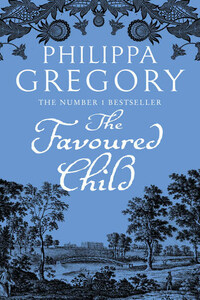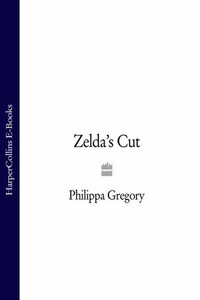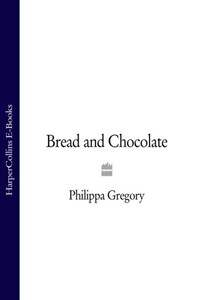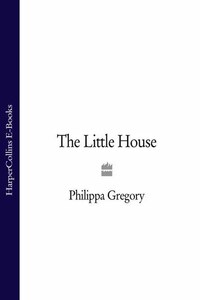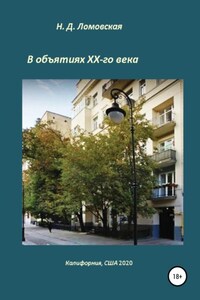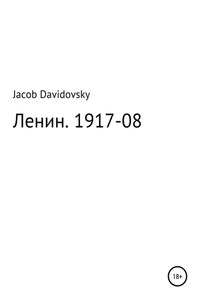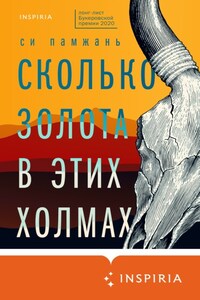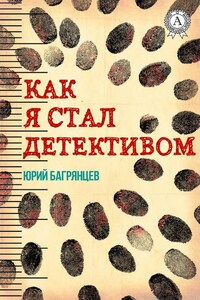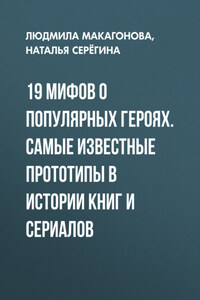This novel is entirely a work of fiction. The names, characters and incidents portrayed in it are the work of the authorâs imagination. Any resemblance to actual persons, living or dead, events or localities is entirely coincidental.
Harper
An imprint of HarperCollinsPublishers Ltd.
1 London Bridge Street
London SE1 9GF
www.harpercollins.co.uk
First published in Great Britain by Viking 1987
This edition published by HarperCollinsPublishers 2017
Copyright © Philippa Gregory Ltd 1987
Map copyright © www.old-maps.co.uk and Ordnance Survey
Cover design by Ward/MacDonald © HarperCollinsPublishers Ltd. 2017
Cover image © Archivist 2015/Alamy
Philippa Gregory asserts the moral right to be identified as the author of this work
A catalogue copy of this book is available from the British Library
All rights reserved under International and Pan-American Copyright Conventions. By payment of the required fees, you have been granted the non-exclusive, non-transferable right to access and read the text of this ebook on screen. No part of this text may be reproduced, transmitted, down-loaded, decompiled, reverse engineered, or stored in or introduced into any information storage and retrieval system, in any form or by any means, whether electronic or mechanical, now known or hereinafter invented, without the express written permission of HarperCollins ebooks
HarperCollinsPublishers has made every reasonable effort to ensure that any picture content and written content in this ebook has been included or removed in accordance with the contractual and technological constraints in operationa at the time of publication
Source ISBN: 9780008229986
Ebook Edition © APRIL 2017 ISBN: 9780007383368
Version: 2017-04-25
I was a young married woman, in my late twenties, living in a small town in the North of England. I had a newborn daughter and I was trying to finish my PhD thesis on the popular fiction of the eighteenth century. To prepare for this study I had read more than 200 novels published between 1740 and 1800 and had painstakingly compared the standard elements like sexual morality, the relationship to agriculture and the countryside, and the wonderfully bizarre: incest, banditti, even aliens. I believed there were identifiable themes in the novels and that they could be read together as a fictional world that sometimes mirrored eighteenth-century England, and sometimes denied and hid it.
Hoping to become an expert in the real and imaginary eighteenth-century world, I accidentally served the ideal authorâs apprenticeship. Without intending it â for when I started at Edinburgh University I was 26 and really very scatty â I read myself into the art of the novel, and then started to write my own â longhand in a school exercise-type book. Where it read name I wrote my name, where it read form I wrote IVB (I had enjoyed my fourth year), and where it read subject I wrote with simple ambition: Best Selling Novel.
That was partly a joke for myself: I had been locked in a library for four years, I was ready to be amused by almost anything, but I found that I loved writing and became more and more convinced that it was a successful novel. I sent it to an agent who refused it, and then to another who accepted it. After a worldwide auction I had a three-book contract in the UK and the US, my first career path and the first steady income for the first time in my life.
I rarely tell this story because it is such an extraordinary one, it is not typical and not to be expected; and â worse â it encourages apprentice writers to think of writing as a route to fortune and fame, which it very rarely is. Writing is something so much more: the route to working in the finest and most accessible art form in the world.
It is an honour to work as a novelist, I have been learning my trade and practising my skills (for it is also a craft as well as an art) for thirty years â as this anniversary edition shows. To write a novel is to dedicate yourself to an art form which is universally and frequently enjoyed. The first novels I read were borrowed from the library, I bought my beloved collection of second-hand books for small change, and now I can read almost any published fiction in the world at the touch of a button. No other art form is so widely available, so regularly experienced by its audience, and so easily accessed.
Reading a novel is an exercise that is escapist â I tumble deep into the story, immerse myself in the fiction, and yet it has a powerful relationship to the real world. Even at the end of a story that is wholly imaginary there may be a sense of truth or a sense of powerful authentic emotion. I feel oddly contented when I have read a good novel. Not for the outcome of the story (though I admit to an unrefined preference for happy endings) but because something about the measured unfolding gives me a sense of delight.
